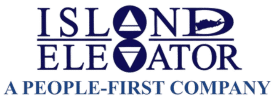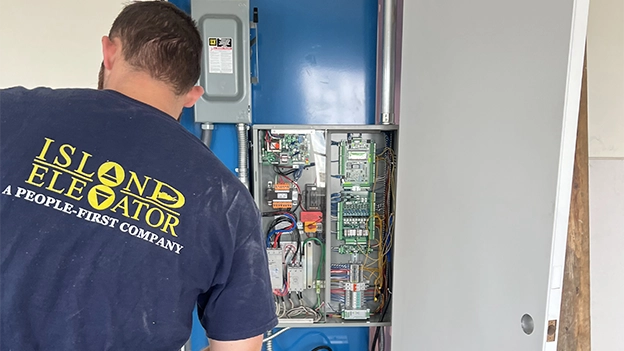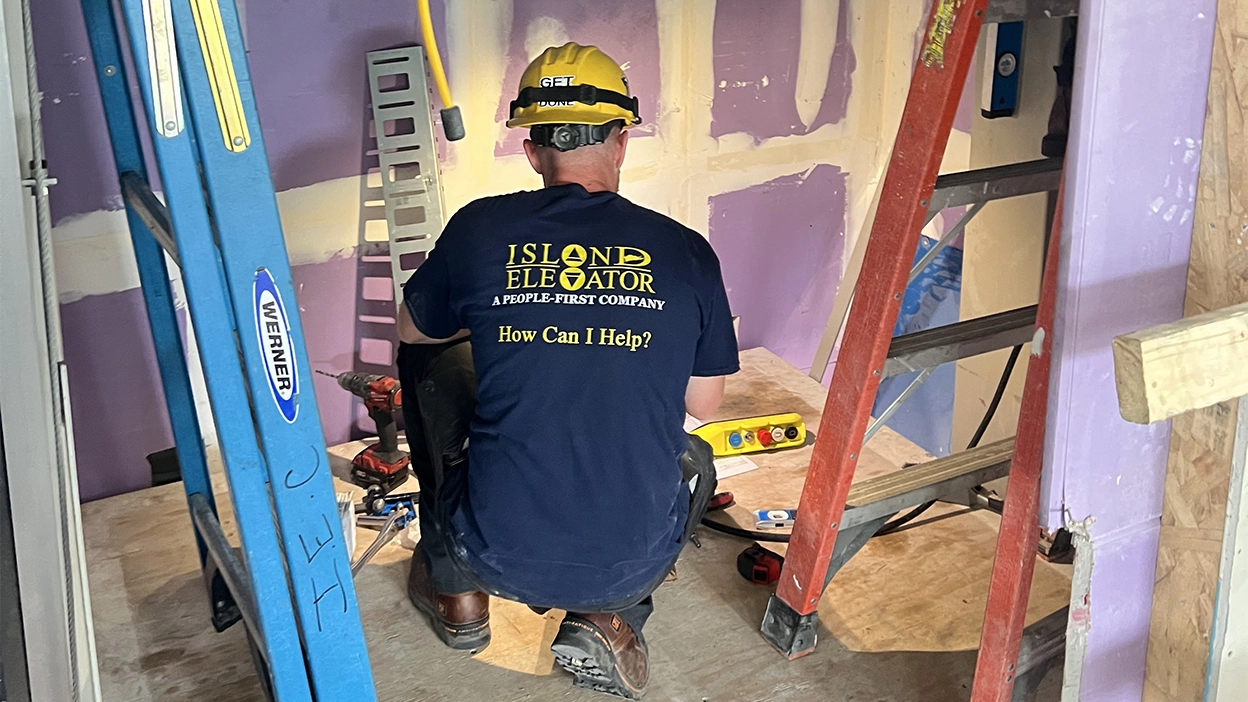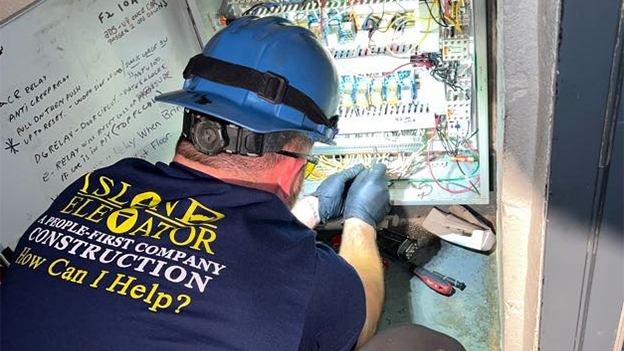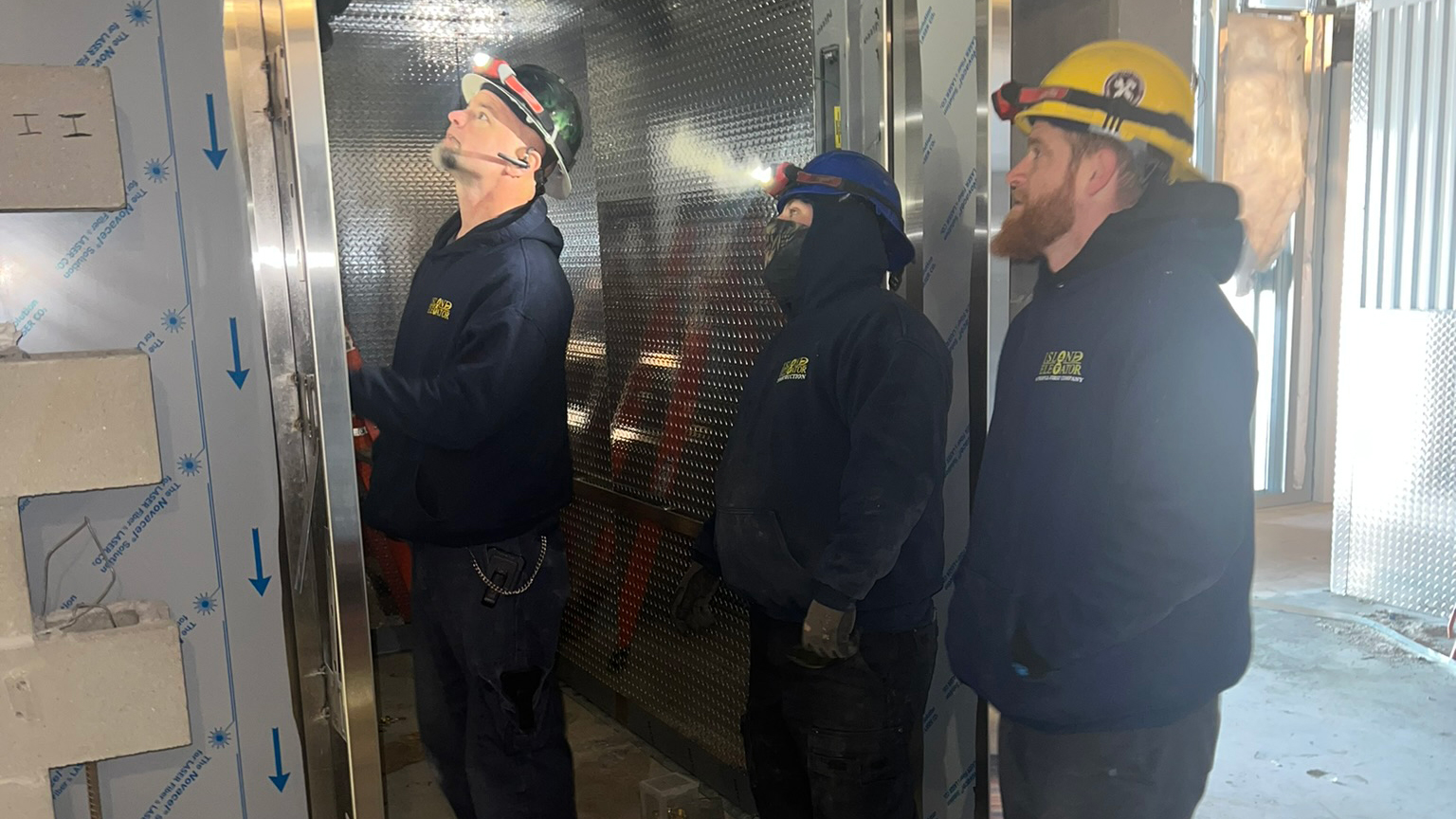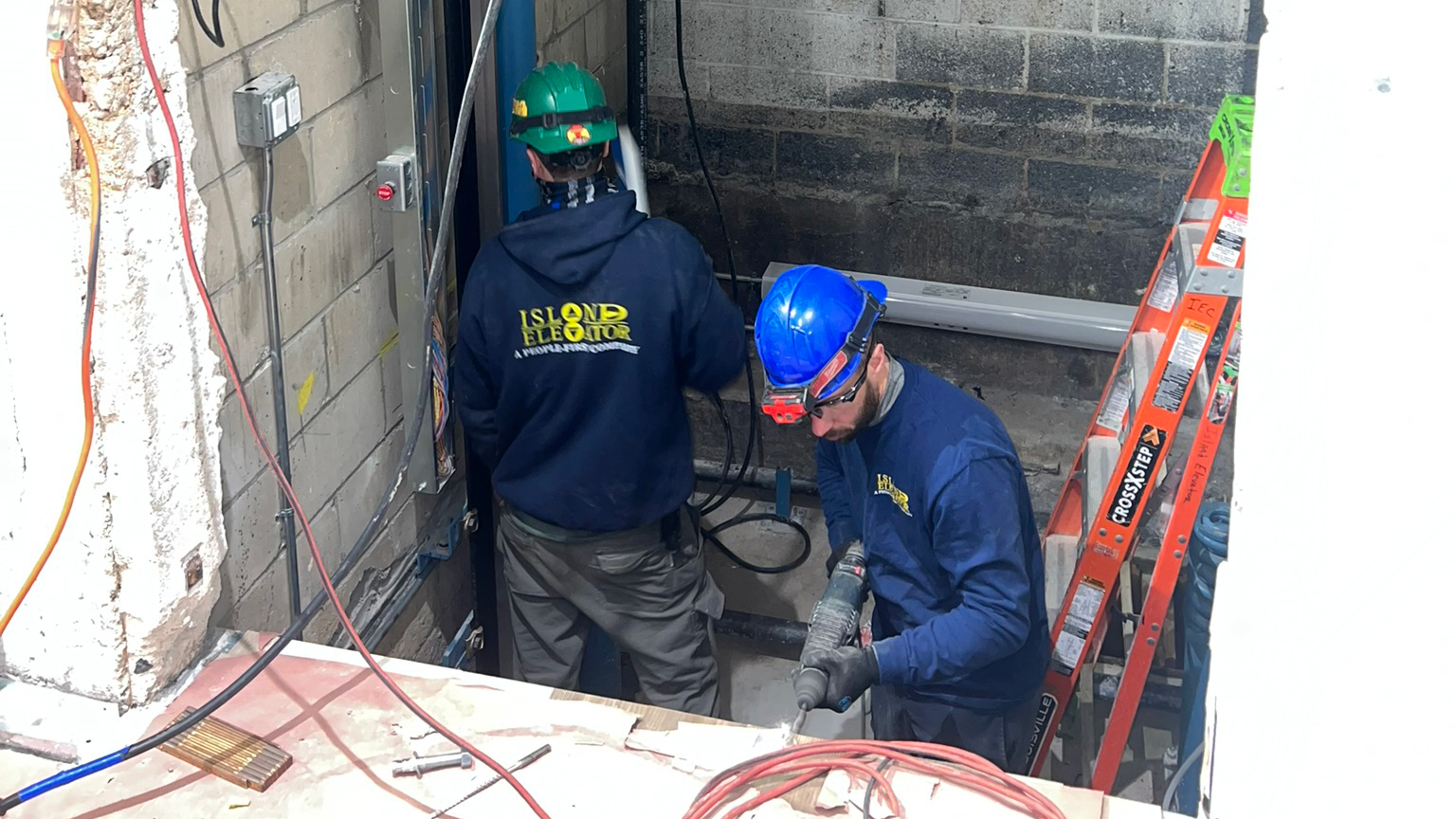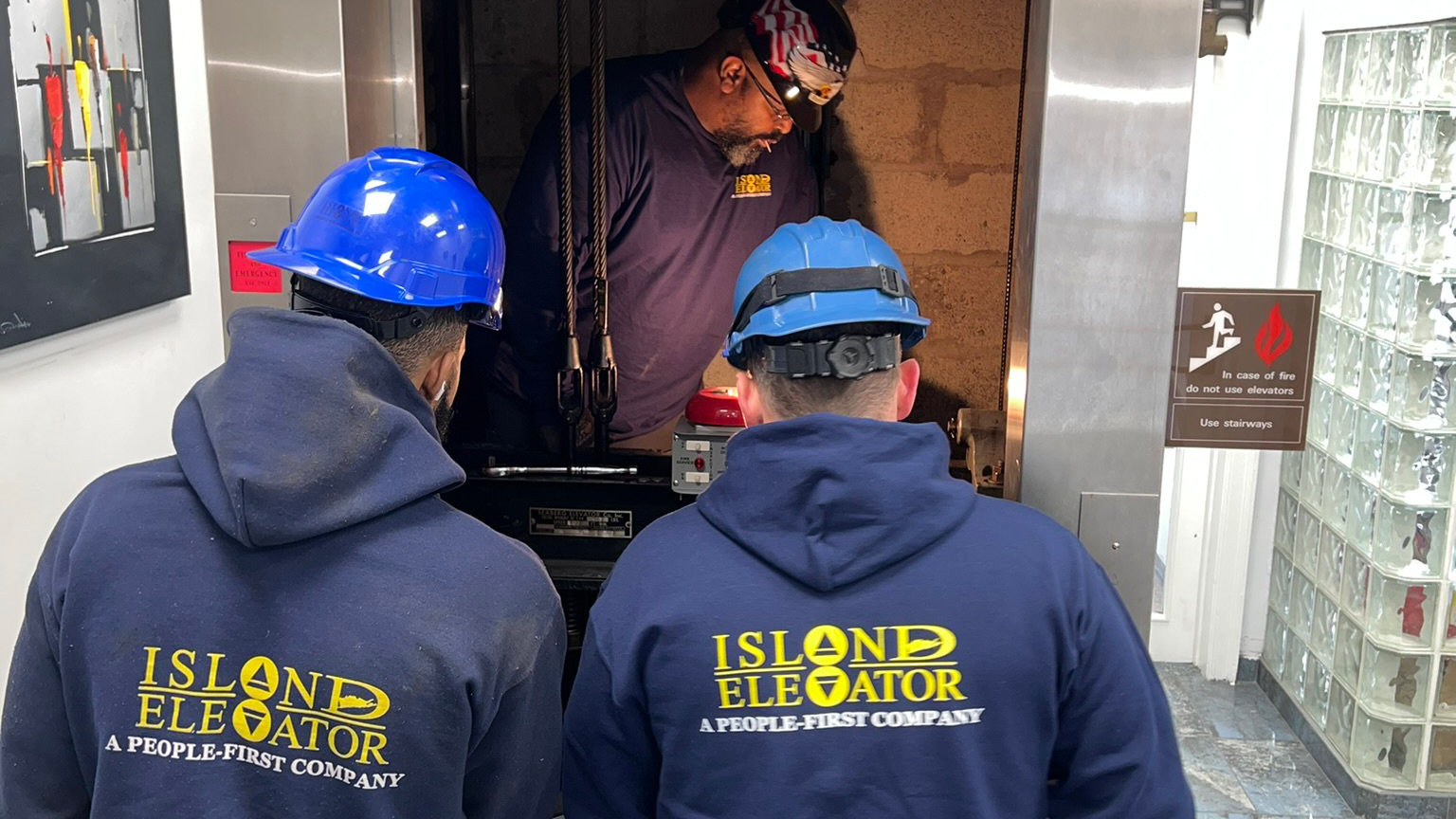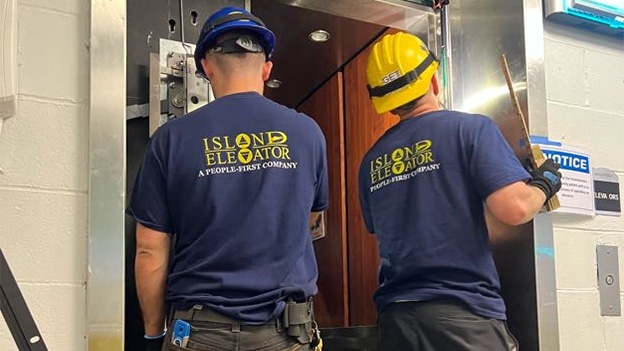Elevator emergencies are never convenient. They can disrupt business operations, inconvenience tenants, and even pose safety risks. On Long Island, where elevators see heavy daily use, these emergencies are unfortunately common. At Island Elevator, we specialize in handling these situations quickly and effectively, ensuring the safety and satisfaction of our clients. Here are the top five elevator repair emergencies we see and how we respond to them.
1. Sudden Elevator Breakdowns
The Problem: An elevator suddenly stops working, leaving passengers stranded or the building without a functioning lift.
Common Causes: Electrical failures, worn cables, or control system issues.
Our Response: Our technicians are available to respond to emergency calls. We prioritize passenger safety by assisting with safe evacuations if necessary and perform on-the-spot diagnostics to resolve the issue quickly.
2. Malfunctioning Doors
The Problem: Elevator doors fail to open, close, or align properly, preventing normal operation.
Common Causes: Misaligned tracks, faulty sensors, or mechanical wear.
Our Response: Door malfunctions are one of the most common service calls we handle. Our team uses specialized tools to realign doors, replace worn components, and test the entire system to prevent future issues.
3. Jerky or Uneven Movement
The Problem: Passengers feel sudden jolts or notice uneven stops when the elevator reaches a floor.
Common Causes: Hydraulic or motor issues, worn cables, or calibration problems.
Our Response: Our experts thoroughly inspect the mechanical and hydraulic systems to identify the root cause. Repairs may involve recalibrating systems, replacing worn cables, or adjusting hydraulic fluid levels.
4. Unusual Noises or Vibrations
The Problem: Loud squeaking, grinding, or other unusual noises come from the elevator, accompanied by noticeable vibrations.
Common Causes: Lack of lubrication, worn bearings, or motor issues.
Our Response: We perform a full mechanical inspection to identify and resolve the source of the noise. This often involves lubricating key components, replacing worn parts, and checking the alignment of moving parts.
5. Power Failures and Electrical Issues
The Problem: The elevator loses power or experiences intermittent electrical malfunctions, causing it to stop unexpectedly.
Common Causes: Power surges, faulty wiring, or aging control systems.
Our Response: Our technicians use advanced diagnostic tools to trace electrical issues and repair or replace damaged wiring and control components. We also recommend surge protection measures to prevent future incidents.
Why Choose Island Elevator for Emergency Repairs?
At Island Elevator, we pride ourselves on being Long Island’s trusted partner for elevator repair. Here’s why building owners and managers choose us:
- 427 Five-Star Google Reviews: Our stellar reputation reflects our commitment to customer satisfaction.
- Fast Response Times: We understand that emergencies require immediate attention, which is why our team is always on-call.
- Certified Technicians: Our highly trained professionals can handle all makes and models of elevators.
- Preventative Expertise: We don’t just fix the problem; we help you prevent future emergencies with recommendations and maintenance plans.
Protect Your Building with Island Elevator
Elevator emergencies can happen at any time, but with Island Elevator by your side, you’ll never have to face them alone. Whether it’s a sudden breakdown or an issue that’s been brewing for a while, our team is ready to provide fast, effective solutions.
Contact Us for Emergency Elevator Repairs
Don’t wait for a small problem to turn into a big one. Call Island Elevator at 631-491-3392 or click here to complete this online request form for prompt and professional elevator repair services. With years of experience and hundreds of satisfied customers, we’re Long Island’s go-to solution for elevator emergencies.
